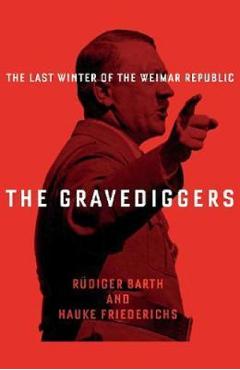
November 1932.
The lesson of its final descent is both terrible and timely..
Despite its precarious state, Germany was by no means fated to plunge into the abyss.
But if he can\'t impose discipline on his own rebellious foot-soldiers, if he can\'t even control his rages, what chance does he have of seizing power? In The Last Winter of the Weimar Republic, Barth and Friedrichs draw on a vast array of primary sources to render the Last days of the Weimar Republic in urgent, kaleidoscopic detail.
Adolf Hitler has ideas of his own.
Each man believes he can steal a march on the other by harnessing the increasingly popular National Socialists - while reining in their most alarming elements, naturally.
Both are tarnished by the republic\'s all-too-evident failures.
The great rivals are the chancellors Franz von Papen and Kurt von Schleicher.
In the shadows, would-be saviours of the nation vie for control.
Its elderly president Paul von Hindenburg floats above the fray, inscrutably haunting the halls of the Reichstag.
With the German economy in ruins and street battles raging between political factions, the Weimar Republic is in its death throes.
November 1932
